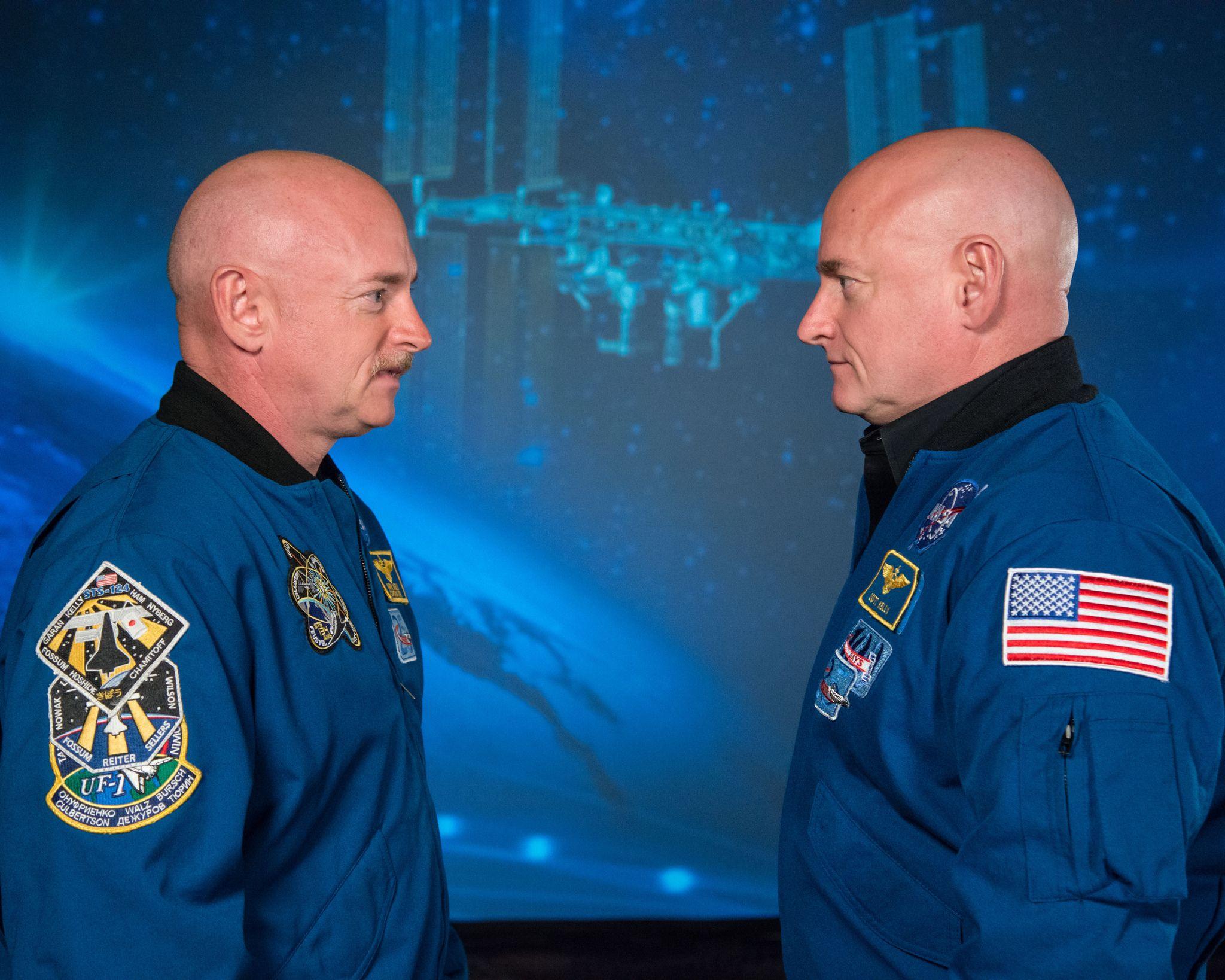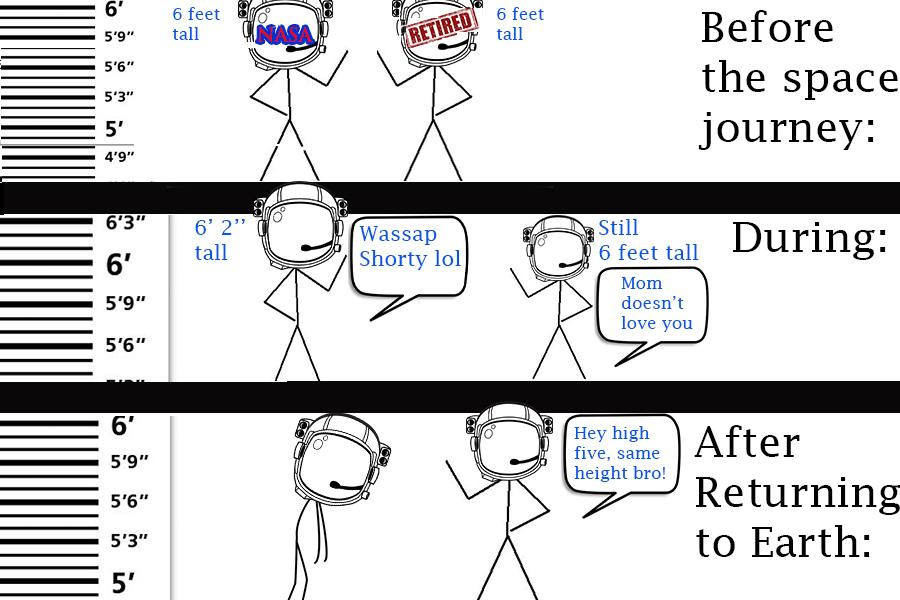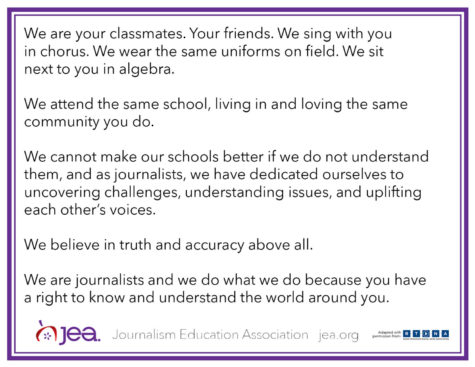NASA Is “Twinning” For The Journey To Mars
March 14, 2016
A little under a year ago on March 27, 2015, NASA astronaut Scott Kelly and his identical twin brother, retired astronaut Mark Kelly, embarked on one of the most formidable space experiments conducted to date. NASA has been growing increasingly curious to discern the vast effects space travel can have on the human body, and to understand how this knowledge can be directly applicable to potential long-term space journeys — specifically that of Mars.
“Scott Kelly’s mission is critical to advancing the administration’s plan to send humans on a journey to Mars,” said NASA Administrator Charles Bolden. “We’ll gain new, detailed insights on the ways long-duration spaceflight affects the human body” (nasa.gov).
In this experiment, Scott Kelly commenced a nearly year-long journey into space, based in the International Space Station. As Scott took off from the Baikonur Cosmodrome in Kazakhstan, his twin brother Mark Kelly would remain on the ground, acting as an unprecedented method of control for data collected in space.
Upon returning on March 1, 2016, after a breaking the US record for number of total days in space, the results of the experiment were already abundantly clear. Scott Kelly arrived on Earth nearly two inches taller than his twin brother. Attributing this to the differences in gravitational pull on Earth and space, Mark Kelly provided an explanation for this temporary growth spurt.
“In space without gravity, everybody stretches. But when you get back to Earth, gravity has this effect on you and it pushes you back. So by the time he got back to Houston, they actually measured both of us at about 3 in the morning after he got back and we were exactly the same height again” (npr.gov).
NASA has said that it will take at the least a year to anatomize all of the data collected until the complete results can be published. Regardless, this mission laid the groundwork for all future long-duration space missions, and the information derived from it can potentially revolutionize how humans perceive space travel. NASA successfully capitalized on the 21st century technology readily available to them, and are right on the cusp of a major scientific breakthrough.
Photo credit: (NASA)






